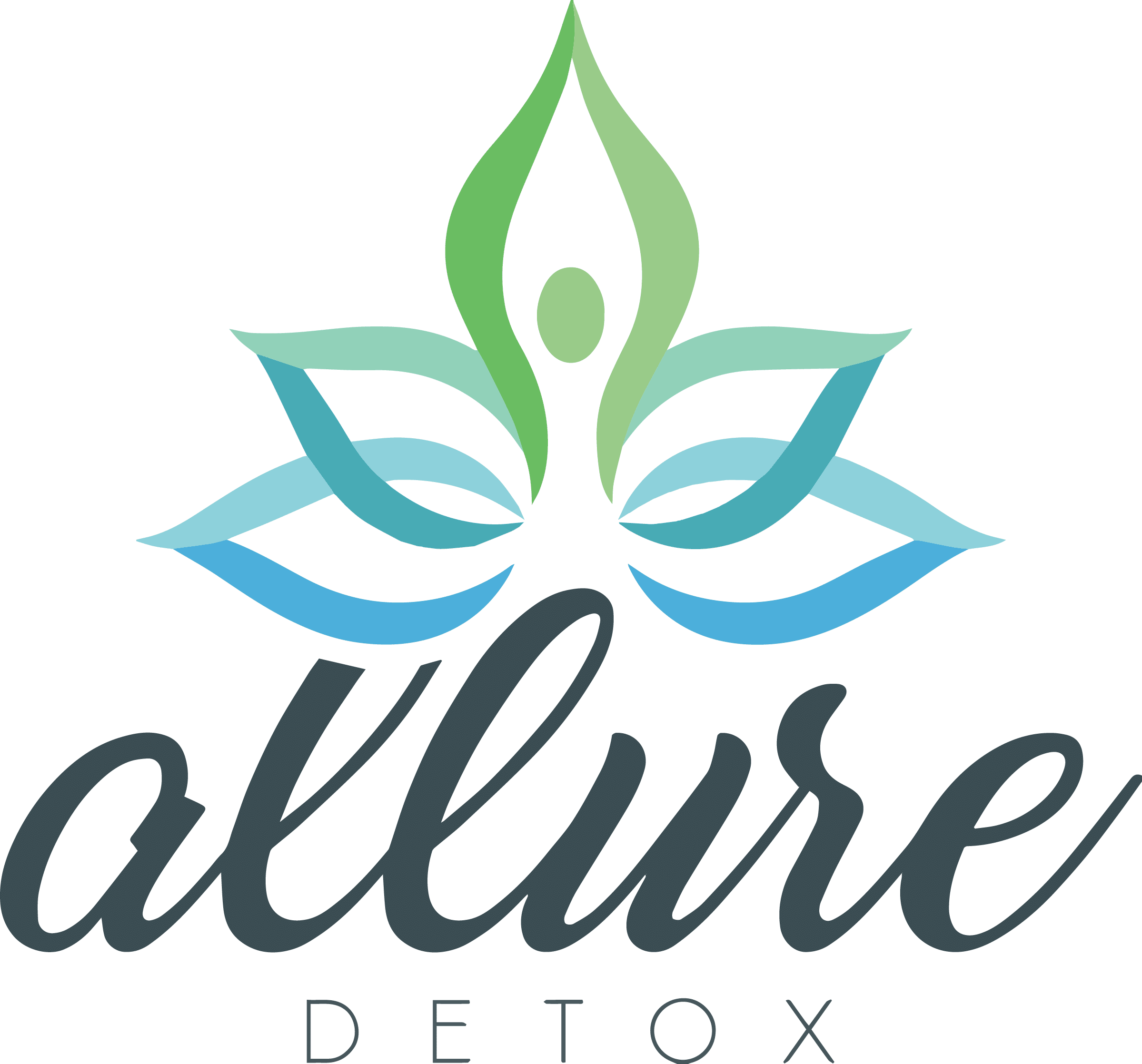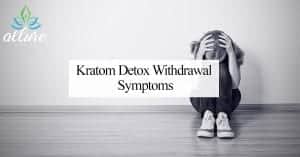
Tag: Heroin
Heroin, also known as diacetylmorphine and diamorphine among other names, is an opioid used as a recreational drug for its euphoric effects.

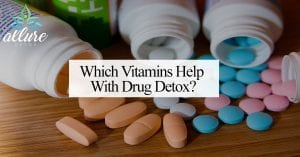
Which Vitamins Help With Drug Detox?
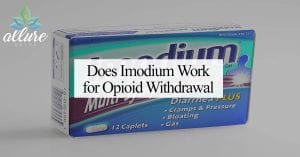
Does Imodium Work for Opioid Withdrawal?

Dangers of Mixing Uppers & Downers

